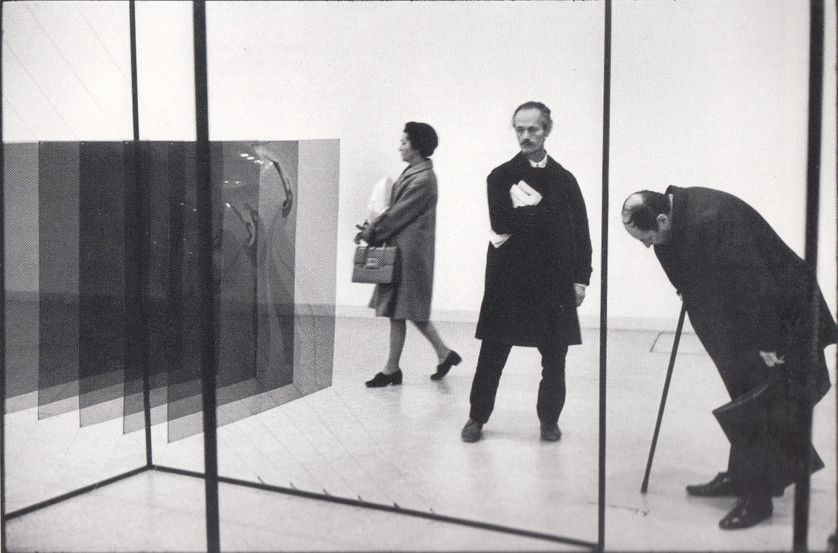Jean Degottex
During the following decade, his style still evolves. From 1954, abstraction becomes more radical. Jean Degottex paints forms devoid of geometrical patterns on pure backgrounds. The canvases are mainly in black and white, as in Hagakure (IV) II, oil on cardboard and canvas dating from 1957. Little by little the figures form a continuous line. André Breton even claims that his works, such as the oil on canvas Sumeru of 1958, remind him of the calligraphy of East Asia. In 1959, these figures are transformed into spots of color contrasting with others.
By producing series as early as 1957, Jean Degottex was able to truly experiment with different styles and totally different techniques. From the beginning of the 1960s, his canvases include dark spots spread over almost the entire canvas. The oil on paper and canvas Suite obscure V of 1964 is an example of this. This change becomes more striking with his series of Horshpere in 1967.
In the early 1970s, Jean Degottex's works are devoid of form. They have only one color covering the entire canvas or two colors with close tones dividing the painting as in the series Media from 1972 to 1976. From the half of the 1970s, the canvases become even more refined, as in the series Papier Plein of 1976.
During the 1980s, even if his paintings change between different series, they remain in a simple and radically abstract style.
In 1988, Jean Degottex passed away. The constant evolution of his style makes him one of the greatest abstract artists of the second half of the 20th century.
Sophie Couturier
If you own a work by Jean Degottex our experts are at your disposal to give you a free estimate without any commitment on your part.
Estimate now my painting by Jean Degottex


